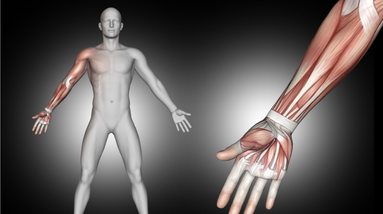Upper Limb

Upper limb surgery refers to any surgical procedure that is performed on the arm, forearm, wrist, or hand. There are many different types of upper limb surgeries that may be performed depending on the nature and severity of the condition or injury.
Common upper limb surgeries include:
- Rotator cuff repair: This surgery is typically performed to repair a tear in one or more of the muscles and tendons that make up the rotator cuff in the shoulder.
- Carpal tunnel release: This surgery is used to relieve pressure on the median nerve in the wrist that causes carpal tunnel syndrome.
- Fracture repair: This surgery is used to repair broken bones in the upper limb, typically in the wrist or hand.
- Tendon repair: This surgery is used to repair or reattach a tendon that has been torn or ruptured due to injury or degeneration.
- Joint replacement: This surgery is used to replace a damaged or arthritic joint in the upper limb, such as the shoulder or elbow.
The goal of upper limb surgery is to restore function and relieve pain or discomfort in the affected limb. Recovery time and rehabilitation can vary depending on the specific surgery and the individual’s overall health and condition.
